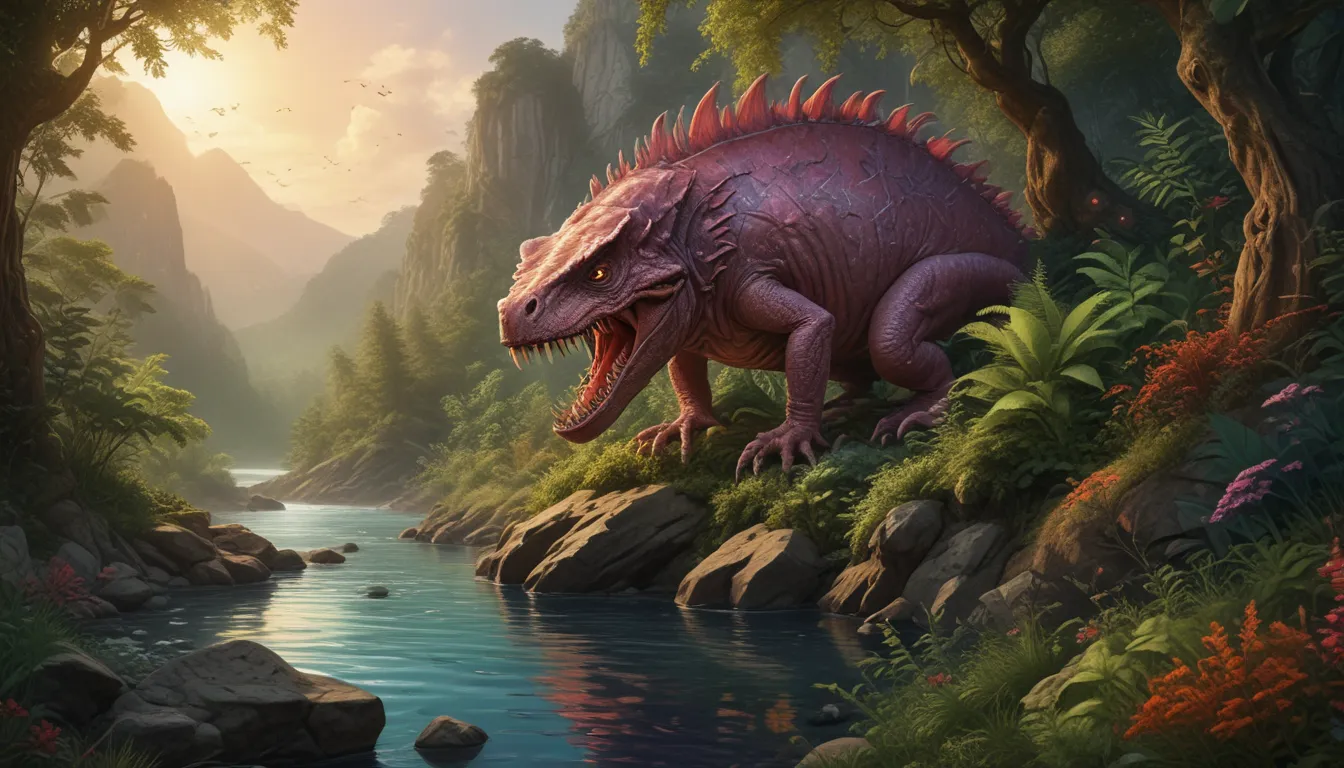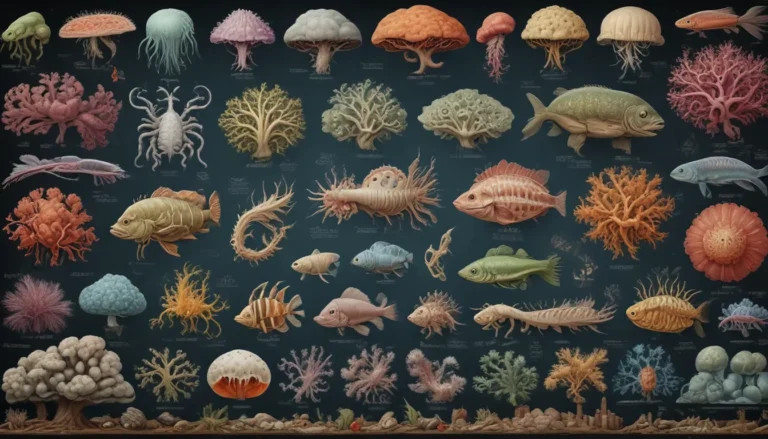A Note About Images: The images used in our articles are for illustration purposes only and may not exactly match the content. They are meant to engage readers, but the text should be relied upon for accurate information.
Are you ready to embark on a thrilling adventure into the realm of vicariance? Join us as we unravel the mysteries behind this captivating concept in biology that shapes the evolution and diversity of species. From tectonic plate movements to human-induced disruptions, vicariance plays a crucial role in shaping the distribution patterns of organisms worldwide. Let’s dive into 13 fascinating facts that shed light on the importance of vicariance in the natural world!
Unveiling the Concept of Vicariance
At the core of biogeography lies the concept of vicariance, where populations of species become separated by geographic barriers. These barriers, such as mountain ranges, rivers, or climate changes, serve as natural roadblocks, dividing once continuous populations into isolated groups. This phenomenon fosters the emergence of new species and contributes to the rich tapestry of life on Earth.
The Intriguing Patterns of Vicariance
As nature’s sculptor, vicariance patterns can be observed in various ecosystems and taxonomic groups. From the splitting of continents to the formation of island chains, these events have shaped the distribution of plants and animals in remarkable ways. Through the lens of vicariance, we gain a deeper appreciation for the interconnectedness of species across different landscapes.
The Role of Geographic Factors
Tectonic plate movements, glacial cycles, and shifting landmasses act as crucial factors in driving vicariance events. These geographic forces create natural barriers that drive diversification and speciation, leading to the emergence of unique genetic variations within isolated populations. By understanding these factors, we can unravel the intricate web of life’s evolution.
Unraveling the Evolutionary Impact
Vicariance plays a pivotal role in driving evolution by limiting gene flow between populations. This restriction allows for the accumulation of unique genetic traits, paving the way for speciation and the formation of biodiversity hotspots. Through the lens of vicariance, we gain insights into how species adapt and thrive in diverse environments over time.
Navigating the Impacts on Biodiversity
The process of vicariance has far-reaching implications for the distribution of species and the preservation of genetic diversity. By driving the formation of distinct biomes, endemic species, and isolated populations, vicariance shapes the rich tapestry of biodiversity across the globe. Understanding these impacts is crucial for conserving the planet’s natural heritage.
Delving into Historical Vicariance Events
Throughout history, notable vicariance events have shaped the Earth’s landscapes and species distributions. The separation of the Gondwana supercontinent into different landmasses gave rise to diverse flora and fauna unique to regions like South America, Africa, Australia, and Antarctica. These events underscore the profound influence of vicariance on Earth’s biological history.
A Call to Action: Human-Induced Vicariance
While natural forces drive vicariance, human activities such as habitat destruction, deforestation, and climate change can also trigger this phenomenon. Fragmentation of habitats disrupts connectivity, leading to the isolation of populations and potential loss of biodiversity. It is imperative that we understand and mitigate these impacts to protect our planet’s diversity.
Distinguishing Vicariance vs. Dispersal
It is essential to differentiate between vicariance and dispersal, two distinct processes that influence species distributions. While dispersal involves active colonization and gene flow between populations, vicariance restricts connectivity, leading to unique evolutionary trajectories. Understanding these processes deepens our appreciation for the interconnectedness of life on Earth.
Bridging the Gap with Phylogeography
Phylogeography, the study of genetic divergence and historical processes, often relies on vicariance events to reconstruct the evolutionary history of species. By analyzing genetic markers and historical data, scientists can piece together the intricate puzzle of how species have evolved and adapted to changing landscapes over time.
Envisioning Conservation Implications
The conservation of biodiversity hinges on understanding the impacts of vicariance on species distributions and connectivity. By identifying populations at risk of isolation or local extinction, conservationists can implement strategies to preserve genetic diversity and protect critical habitats. Vicariance research plays a vital role in shaping conservation efforts for the future.
Embracing the Future of Vicariance Research
Advancements in molecular biology, genetic sequencing, and geospatial analysis are revolutionizing our understanding of vicariance events. These cutting-edge techniques enable scientists to delve deeper into the complexities of biogeography and unravel the secrets of Earth’s evolutionary history. The future holds exciting possibilities for vicariance research and its role in shaping our conservation strategies.
Conclusion: Unlocking the Mysteries of Vicariance
As we journey through the world of vicariance, we uncover a wealth of knowledge that illuminates the intricate processes driving species evolution and biodiversity. From historical events to modern-day challenges, vicariance remains a cornerstone of biological research and conservation efforts. By delving into the wonders of vicariance, we gain a deeper appreciation for the interconnectedness of life on Earth and the urgent need to protect our planet’s natural diversity.
FAQs: Navigating the World of Vicariance
-
What is vicariance?
Vicariance is the process by which geographic barriers divide populations of species, leading to genetic isolation and potential speciation. -
How does vicariance influence speciation?
Vicariance creates opportunities for genetic divergence by isolating populations, eventually leading to the formation of new species over time. -
What are some examples of vicariance events?
Examples of vicariance events include the separation of continents, the formation of mountain ranges, and the fragmentation of habitats due to human activities. -
How does vicariance differ from dispersal?
Vicariance involves the passive splitting of populations, while dispersal involves the active movement of individuals to new habitats. -
How is vicariance studied?
Vicariance is studied through genetic analysis, fossil records, and biogeographic models to reconstruct past events and understand species distributions.
Embark on a journey of discovery into the world of vicariance, where evolution, biodiversity, and conservation intersect in a captivating tapestry of life’s complexities. Join us in unraveling the enigmatic secrets of nature and celebrating the wonders of Earth’s interconnected ecosystem.






